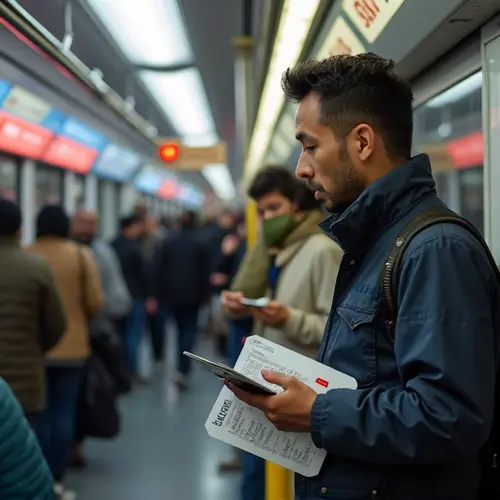Cities worldwide are adopting unified, app-based fare systems to simplify public transport payments. Austin's Umo app and CapMetro Reloadable Fare Card exemplify this trend, offering convenience and equity. Challenges like accessibility and cost remain, but innovations like tap-to-pay are on the horizon.

Global Efforts Toward Unified Fare Systems
The push for unified, app-based fare systems in public transport is gaining momentum worldwide. Cities like Austin, Texas, are leading the charge with initiatives like the Umo app, which simplifies fare payments and eliminates the need for physical passes. The system features automatic fare capping, ensuring riders never pay more than the cost of a daily or monthly pass.
How It Works
The Umo app allows users to load money into a digital wallet and pay per ride using onboard scanners. The app also integrates with real-time trip planning tools, making it easier for commuters to navigate public transport. Meanwhile, the CapMetro Reloadable Fare Card offers a physical alternative for those who prefer not to use smartphones.
Benefits of Unified Systems
Unified fare systems reduce the hassle of managing multiple transit cards and streamline the payment process. They also promote equity by offering discounted fares for low-income riders and integrating with social service programs. Additionally, these systems provide valuable data for transit agencies to optimize routes and services.
Challenges Ahead
Despite the benefits, challenges remain. Not all riders have access to smartphones or bank accounts, and transitioning from legacy systems can be costly. However, cities like Austin are addressing these issues by offering physical cards and partnering with retailers to expand access.
The Future of Fare Systems
Looking ahead, transit agencies are exploring tap-to-pay options using debit/credit cards and mobile wallets like Apple Pay and Google Pay. The goal is to create a seamless, inclusive system that works for everyone.

 Nederlands
Nederlands
 English
English
 Français
Français
 Deutsch
Deutsch
 Español
Español
 Português
Português









